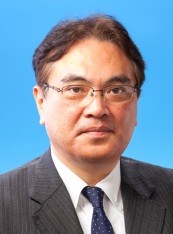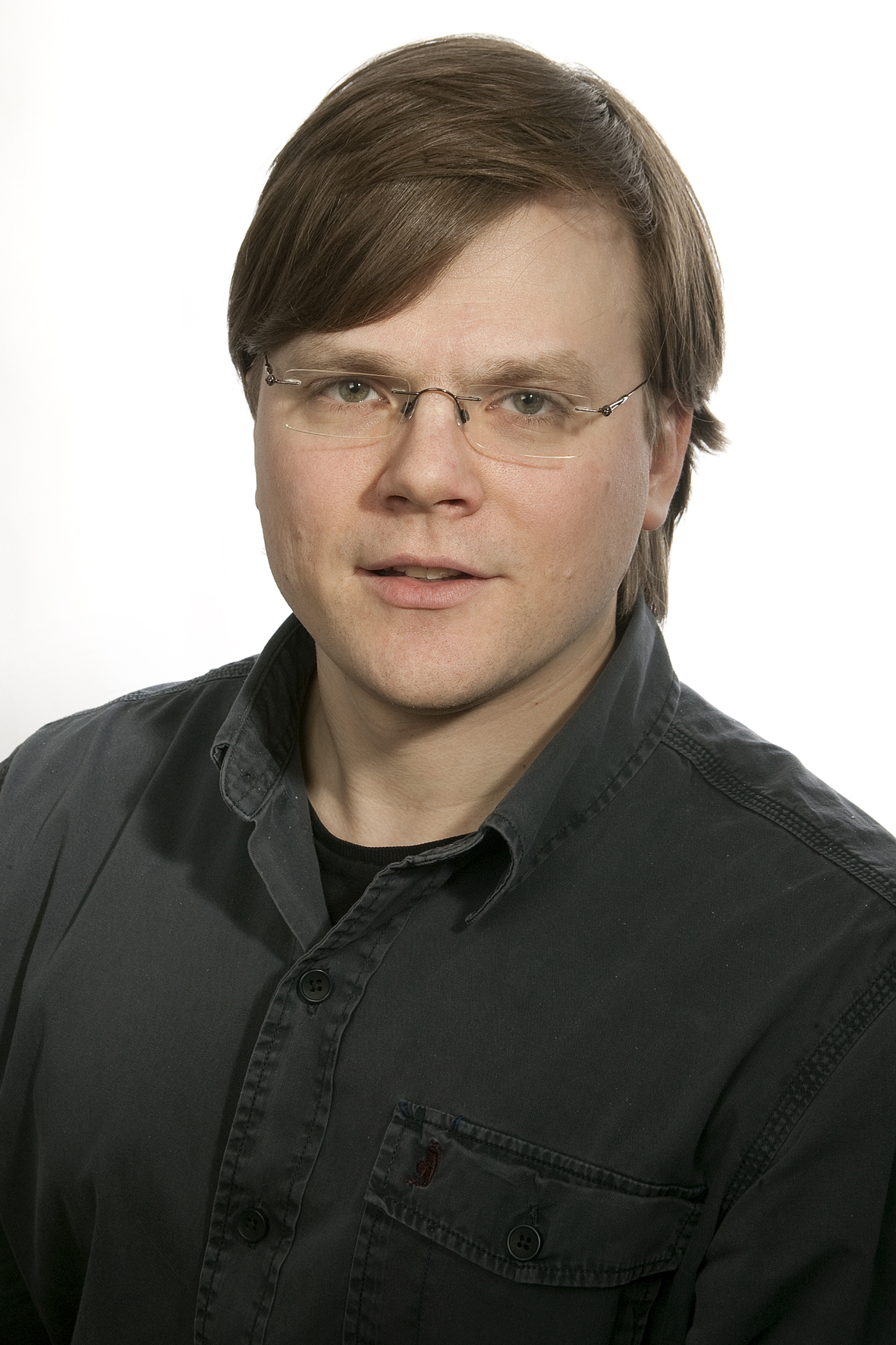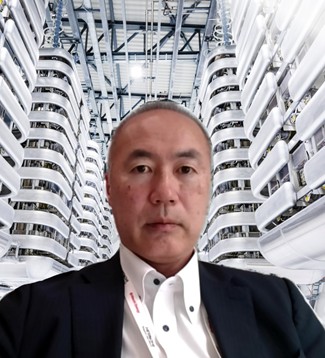In recent years, High Voltage Direct Current (HVDC) transmission technology has gained significant attention due to its potential for efficient energy transfer and reduced environmental impact. HVDC is poised to become a key technology in supporting next-generation power grids. It offers advantages such as long-distance, high-capacity power transmission, efficient integration of renewable energy sources, and interconnection between Alternating Current (AC) grids. However, the unique characteristics of HVDC systems, which differ significantly from conventional AC transmission, often pose challenges for understanding, even among engineering professionals. Europe has been at the forefront of HVDC development and implementation, and its practical application is progressing in China. While regional differences exist, we believe sharing this information will be highly beneficial, which is why we decided to organize this webinar. This webinar will cover a wide range of topics, including the fundamentals of HVDC technology, its applications, and the latest industry trends. To make the content accessible to participants without prior expertise in this field, we will begin with a clear explanation of the basics and present specific examples of how HVDC technology can be applied in real-world energy systems. Practical insights will also be shared to ensure that attendees gain knowledge relevant to their areas of expertise. Through this webinar, you will develop a foundational understanding of HVDC technology and gain valuable insights into its innovations and applications in the energy industry. Additionally, we hope to emphasize the critical role of HVDC in future energy systems and inspire participants to explore ways to incorporate HVDC into their own areas of expertise. We invite you to join us and take advantage of this opportunity to deepen your knowledge of HVDC technology. Following the webinar, we will consider inviting interested participants to take part in the next phase, such as a workshop.
This is our tenth web event for all the IERE members. However, the Webinar is open to the public this time to make IERE's activities widely known. Please join us and discover new perspectives.
Moderator

NAKAJIMA Tatsuhito
Professor, Department of Electrical, Electronics and Communication, Tokyo City University
Japan
Contact: tnaka[at]tcu[dot]ac[dot]jp
Lecturers

NAKAJIMA Tatsuhito
Professor, Department of Electrical, Electronics and Communication, Tokyo City University
Japan
Contact: tnaka[at]tcu[dot]ac[dot]jp
Abstract:
High Voltage Direct Current (HVDC) transmission offers efficient long-distance power delivery, seamless interconnection of asynchronous grids, and effective integration of renewable energy. This presentation introduces HVDC fundamentals, key technologies such as LCC, and VSC, including modular multi-level converters, and their applications in offshore wind, grid reinforcement, and cross-border links. Technical challenges such as multi-terminal HVDC will also be explained. Participants will gain insights into how HVDC supports reliable, sustainable, and future-ready power systems worldwide.
Biography:
Tatsuhito Nakajima received his doctoral degree from the University of Tokyo, Japan, in 1990. He joined Tokyo Electric Power Company in 1990. His main works were Research and Development on applying power electronics for power systems, including VSC-HVDC, STATCOM, and grid-connected inverters. He joined Tokyo City University as a Professor in 2016. His research topic covers control technologies for multi-terminal HVDC systems and grid-forming inverters of renewable energy sources and battery storage. Tatsuhito Nakajima is a Fellow of IEE of Japan and a member of IEEE and CIGRE.

YANG Jun
HVDC Department, CEPRI
China
Contact:
http://www.epri.sgcc.com.cn/html/eprien/gb/index.shtml
Abstract:
The conventional Line Commutated Converter based High-voltage Direct Current (LCC-HVDC) technology is widely used for large capacity, long distance power transmission. The LCC converter is built with semi-controlled thyristors in series connection, without self turning-off capability, which leads to the inherent technical risk of commutation failure (CF). When it comes to multi-infeed HVDC system, one single AC fault can trigger simultaneous CFs among multiple HVDC stations, causing huge active and reactive power shock to AC power grid, threatening its stability. Controllable Line commutated converter (CLCC) is developed by CEPRI in recent years to solve CF problem completely while maintaining low loss and relatively low cost benefits. In this webinar, the principle, prototype development and demonstration application will be introduced.
Biography:
Jun YANG received his B.S. degree in electrical engineering from Wuhan University, Wuhan, China, in 2007, the M.S and Ph.D Degree from the graduate school of CEPRI, Beijing, China, in 2010 and 2013 respectively. He is now leading high power DC converter research in the HVDC department of CEPRI. His research interest is focused on HVDC Converter design and testing, such as ±800kV LCC converter and 500kV MMC Converter. In recent years, he is mainly involved in CLCC technology for solving the long-standing commutation failure problem in HVDC system.

Benjamin MARSHALL
HVDC Technology Manager, The National HVDC Center
UK
Contact: Benjamin[dot]Marshall[at]sse[dot]com
Abstract:
Biography:
As the HVDC Technical Manager, Ben oversees the team of Simulation Engineers undertaking detailed HVDC simulation studies in real-time using vendor-supplied replica hardware, to understand multi-infeed, multi-terminal and multi-vendor HVDC operation and interactions, for real schemes in GB; interpreting the results to gain insights to improve the design and operation of HVDC schemes and their associated protection.
Ben previously has had a 23 year long and varied career within National Grid with a broad range of experience, particularly with respect to the analysis of the operation and design of the AC and DC transmission systems. He has experience in both offline and realtime EMT simulation and in modelling of convertors across battery, solar wind and HVDC systems, and as deep understanding of dynamic stability of power systems how that relates to device performance.

Jon Are SUUL
Senior Research Scientist, SINTEF Energy Research
/ Adjunct Associate Professor, NTNU
Norway
Contact: Jon[dot]A[dot]Suul[at]sintef[dot]no
Abstract:
Voltage Source Converter (VSC)-based HVDC terminals have high controllability,
which can be utilized to provide services to the power system.
This presentation will discuss how HVDC converters can be utilized as grid forming units by applying the concept
of Virtual Synchronous Machine (VSM)-based control.
The power-balance-based grid synchronization by a virtual
swing equation will be discussed as the foundation for
VSM-based control with inherent capability for providing virtual inertia support,
and different categories of VSM implementations will be outlined.
The presentation will also discuss how virtual inertia support based
on estimation of the grid frequency derivative can be introduced as an auxiliary function
to HVDC converts operated with conventional grid following control. The different characteristics of
virtual inertia support strategies based on grid following and grid forming control, and the limitations
for virtual inertia control in HVDC transmission systems, will be highlighted as a basis for discussing
potential application scenarios.
Biography:
Jon Are SuuL received the M.Sc. degree in energy and environmental engineering and the Ph.D. degree in electric power engineering from the Norwegian University of Science and Technology (NTNU), Trondheim, Norway, in 2006 and 2012, respectively.
From 2006 to 2007, he was with SINTEF Energy Research, Trondheim, where he worked with simulation of power electronic converters and marine
propulsion systems. After completing his PhD studies, he resumed his position as Research Scientist at SINTEF Energy Research, first in a part-time position while working as a part-time Post-Doctoral Researcher at the Department of Electric Power Engineering, NTNU, until 2016. Since August 2017, he is also an Adjunct Associate Professor with the Department of Engineering Cybernetics, NTNU. His research interests are mainly related to modeling, analysis, and control of power electronic converters in power systems, renewable energy applications, and electrification of transport.

NISHIOKA Atsushi
HVDC Marketing & Sales Manager, Hitachi Energy Japan Ltd.
Japan
Contact: atsushi[dot]nishioka[at]itachienergy[dot]com
Abstract:
As Energy Transition progresses around the world toward net zero target, the construction of HVDC is rapidly in-creasing. HVDC can transmit clean power over a long distance with low losses, share the grid flexibility among areas across the borders and distances, and have various grid stabilization features, that improve the security of supply. That is why HVDC is considered as one of the key technologies for realizing the energy transition.
This session provides HVDC applications and project cases.
Biography:
Atsushi Nishioka is marketing and sales manager at Hitachi Energy for Japanese HVDC market. He joined Hitachi Ltd. in 1991, where he was involved in the development of Adjustable Speed Pumped Storage Hydroelectric power plant systems and other power generation applications. He moved to transmission and distribution systems department in 2010. In 2015, he became the CEO of the joint venture between Hitachi and ABB (at that time) focused on HVDC business. Following Hitachi's acquisition of ABB’s power grid business and the establishment of Hitachi Energy, he joined Hitachi Energy Japan and has been engaged in HVDC project development in Japan.
Program (UTC)
October 15, 2025, 8:00–10:10 (UTC)
The webinar will take place at 8:00 a.m. in UTC. Please make the proper time zone conversion to match the start time in your area.
| UTC +2:00 | 10:00–12:10 | Amsterdam, Brussels, Essen, Paris, Trondheim |
|---|---|---|
| UTC +7:00 | 15:00–17:10 | Jakarta |
| UTC +8:00 | 16:00–18:10 | Beijing, Singapore, Manila, Kuala Lumpur |
| UTC +9:00 | 17:00–19:10 | Seoul, Tokyo |
| UTC +10:00 | 18:00–20:10 | Brisbane |
FREE of Charge
This Webinar will open to all applicants for FREE of charge,
not only IERE members.
Webex Registration for Both Onsite-Webinar and VOD
To join the webinar, you need to register. Please click the registration icon. You will be automatically transferred to the Webex Meetings registration site. Please fill in the necessary information and register there. Afterwords, the Central Office will send a registration confirmation email with the link. Please join the webinar by the link URL 5–10 minutes earlier to avoid the last-minute problems.
The Webinar will be recorded on the system and VIDEO ON DEMAND will be available after the webinar ONLY for the IERE members. IERE members are requested to register even if you just want to watch the VOD.
Be Prepared Before the Webinar Starts
Review our webinar tips for attendees and avoid technical issues by testing Webex Meetings on your device prior to the day of the webinar.